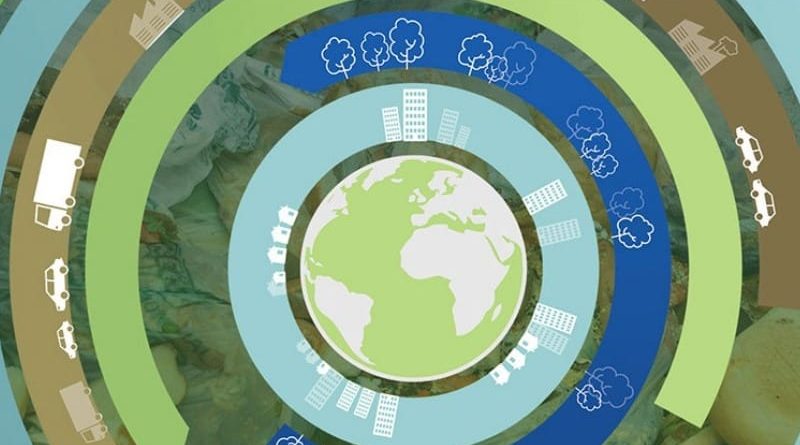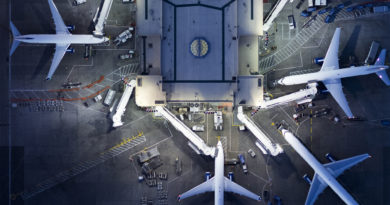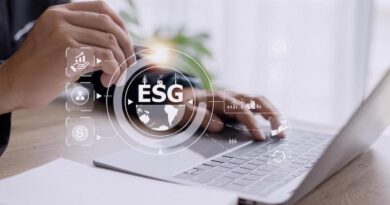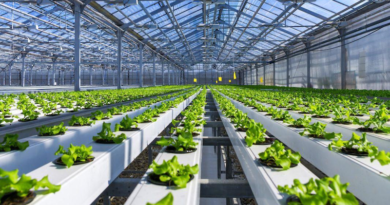
Kick-starting the Circular Economy!
What legislative orientations to tap EU’s recycling potential?
As an operator of resource management in the water, waste and energy sectors, recycling is at the core of Veolia’s activities. In 2015, Veolia treated 43 million tons of waste and recovered more than 30 million into energy or materials, mostly in the EU.
Despite the pressure on raw materials’ availability due to growing population and needs coupled with the effects of climate change providing innovative recycling solutions both for cities and industries requires overcoming significant challenges.
Surprisingly, if some of these challenges can be of technical nature: complexity and variety of polymers in a given industry, etc.; the main obstacles to the development of recycling remain regulatory and economical ones.
1) Extending the ambitious recycling targets to all nonhazardous Commercial & Industrial waste
Although the “Circular Economy Package” encompasses measures applying to the whole economic value chain, binding recycling targets to be achieved by 2030 are at the core of the legislative proposals published by the Commission last year.
These ambitious targets mainly address municipal waste preparation for reuse and recycling (65%) and recycling packaging waste (75%). Extending them to other non-hazardous commercial and industrial waste makes sense with regard to their weight in the total waste generation.
Furthermore, these streams representing a more important amount of recyclable materials and energy without need for prior decontamination would help reach the targets.
An important political signal would be given at least by foreseeing such extension, while leaving time to gather appropriate data and prepare proper impact assessment.
2) Clearly distinguishing Commercial & Industrial waste from Municipal waste, including a ‘quantity’ criterion
The definition of Municipal waste will cover “household waste and comparable waste from other sources”.
The notion of “comparable” should not leave room for uncertainty with regards to the scope of public service obligations: households should not bear the costly recycling of waste produced by economic activities, especially when there is already a functioning open market.
Hence the definition of Municipal waste should be limited to household waste and waste from other sources “comparable in nature, composition and quantity”.
Without this reference and a measurable criterion, there is a risk that the scope of municipal waste will encompass a significant quantity of waste from commercial & industrial activities that is today treated on B-to-B markets, enabling the application of the polluter-pays principle.
3) Ensuring a single calculation method of recycling rates, based on the output from the sorting centre
The question of the calculation method of the recycling target is with no doubt one the most important point to be addressed within the Waste Framework directive.
A unique calculation method is paramount to guarantee harmonised reporting and effective benchmarking, thus to measure progress.
This calculation method should be based on the streams exiting the sorting centres in order to ensure accuracy on the actual recycling rates, including assessing the exported flows otherwise difficult to take into account.
4) Setting the right economic incentives
While moving up the waste hierarchy, we recommend keeping flexibility in developing appropriate economic instruments and incentives to boost the uptake of a market for recycled materials, as incineration and landfill cannot realistically be phased out in the near future.
Ultimately, Circular Economy should lead to the generation of Secondary Raw Materials from recycled resources. However, the economic viability of this model needs to be encouraged, especially at times when prices of raw materials including fossil fuels are depressed.
Market correction instruments must be put in place, such as minimum use of green services/or a minimum content of recycled materials in industrial production or in public procurement.
In parallel, qualitative requirements for recycled materials are to be made mandatory in order for producers and end-users to trust they get the same specifications than their virgin equivalents.
High quality sewage sludge can also be a valuable component for biofertilizers; ongoing revision of the EU regulation on fertilizers should take this option into account!
The EU Circular Economy package also rightly identifies that actions have to be taken in order to recycle wastewater to limit the over- abstraction of vital fresh water resources.
5) EU standards effectively stimulating the recycling of treated wastewater
Both in agriculture, the leisure or in industrial sectors, water recycling practices have significantly developed in the last years -and not only in the Mediterranean countries showing potentially high environmental and economic benefits.
In this context, the Commission is considering a legislative proposal setting minimum quality requirements at EU level for the use of treated wastewater for agricultural irrigation and aquifer recharge.
Agricultural irrigation uses nearly 70% of abstracted water. The upcoming minimum standards should provide a scientifically and politically agreed playing field to unlock the development of water recycling, based on existing practices. It would thus help avoiding the trap of a too stringent legislation.
Ultimately, developing the recycling of municipal wastewater will only optimize the huge investments already consented for its treatment.




